Economics > QUESTIONS & ANSWERS > University Of California | Econ-IS 13 Homework 2 .LATEST SOLUTION (All)
University Of California | Econ-IS 13 Homework 2 .LATEST SOLUTION
Document Content and Description Below
UCI Econ / IS 13 Homework 2 (100 points) Due: Check Syllabus for due date For MC Please use F288 Scantron to submit your answers For SA part, please write or type your answer on a separate sheet. ... Multiple Choice (1 point each) Identify the choice that best completes the statement or answers the question. _d 1. The nation of Pineland forbids international trade. In Pineland, you can buy 1 pound of fish for 2 pounds of pineapples. In other countries, you can buy 1 pound of fish for 1.5 pounds of pineapples. These facts indicate that a. Pineland has a comparative advantage, relative to other countries, in producing fish. b. other countries have a comparative advantage, relative to Pineland, in producing pineapples. c. the price of pineapples in Pineland exceeds the world price of pineapples. d. if Pineland were to allow trade, it would import fish. _d 2. The price of sugar that prevails in international markets is called the a. export price of sugar. b. import price of sugar. c. comparative-advantage price of sugar. d. world price of sugar. a 3. If a country allows trade and, for a certain good, the domestic price without trade is lower than the world price, a. the country will be an exporter of the good. b. the country will be an importer of the good. c. the country will be neither an exporter nor an importer of the good. d. Additional information is needed about demand to determine whether the country will be an exporter of the good, an importer of the good, or neither. d 4. Assume, for Canada, that the domestic price of tomatoes without international trade is higher than the world price of tomatoes. This suggests that, in the production of tomatoes, lOMoARcPSD|1141657 a. Canada has a comparative advantage over other countries and Canada will export tomatoes. b. Canada has a comparative advantage over other countries and Canada will import tomatoes. c. other countries have a comparative advantage over Canada and Canada will export tomatoes. d. other countries have a comparative advantage over Canada and Canada will import tomatoes. _b 5. When a country that imported a particular good abandons a free-trade policy and adopts a notrade policy, a. producer surplus increases and total surplus increases in the market for that good. b. producer surplus increases and total surplus decreases in the market for that good. c. producer surplus decreases and total surplus increases in the market for that good. d. producer surplus decreases and total surplus decreases in the market for that good. Figure 9-1 The figure illustrates the market for wool in Scotland. 75 70 65 60 55 50 45 40 35 30 25 20 15 10 5 1 2 3 4 5 6 7 8 9 10 11 12 13 14 15 16 17 18 19 20 21 22 23 24 25 26 Quantity Price Domestic supply A World price B G D H F C Domestic demand lOMoARcPSD|1141657 _c 6. Refer to Figure 9-1. From the figure it is apparent that a. Scotland will experience a shortage of wool if trade is not allowed. b. Scotland will experience a surplus of wool if trade is not allowed. c. Scotland has a comparative advantage in producing wool, relative to the rest of the world. d. foreign countries have a comparative advantage in producing wool, relative to Scotland. _c 7. Refer to Figure 9-1. With trade, total surplus in the Scotland wool market amounts to a. 312.5. b. 367.0. c. 467.5. d. 495.0. Figure 9-2 b _a_ 8. Refer to Figure 9-2. Without trade, producer surplusis a. $210. b. $245. c. $455. d. $490. _b 9. Refer to Figure 9-2. With free trade, consumer surplus is a. $45. b. $80. c. $210. d. $245. lOMoARcPSD|1141657 Scenario 9-1 The before-trade domestic price of peaches in the United States is $40 per bushel. The world price of peaches is $52 per bushel. The U.S. is a price-taker in the market for peaches. b 10. Refer to Scenario 9-1. If trade in peaches is allowed, the United States a. will become an importer of peaches. b. will become an exporter of peaches. c. may become either an importer or an exporter of peaches, but this cannot be determined. d. will experience increases in both consumer surplus and producer surplus. Figure 9-13 b 11. Refer to Figure 9-13. The price and domestic quantity demanded after trade are a. $8 and 300. b. $8 and 900. c. $14 and 900. d. $14 and 600. a 12. A tariff on a product makes a. domestic sellers better off and domestic buyers worse off. b. domestic sellers worse off and domestic buyers worse off. c. domestic sellers better off and domestic buyers better off. d. domestic sellers worse off and domestic buyers better off. c 13. A tariff lOMoARcPSD|1141657 a. lowers the domestic price of the exported good below the world price. b. keeps the domestic price of the exported good the same as the world price. c. raises the domestic price of the imported good above the world price. d. lowers the domestic price of the imported good below the world price. Figure 9-16. The figure below illustrates a tariff. On the graph, Q represents quantity and P represents price. b_ 14. Refer to Figure 9 [Show More]
Last updated: 2 years ago
Preview 1 out of 18 pages

Buy this document to get the full access instantly
Instant Download Access after purchase
Buy NowInstant download
We Accept:

Reviews( 0 )
$12.50
Can't find what you want? Try our AI powered Search
Document information
Connected school, study & course
About the document
Uploaded On
Apr 29, 2022
Number of pages
18
Written in
Additional information
This document has been written for:
Uploaded
Apr 29, 2022
Downloads
0
Views
132

.png)


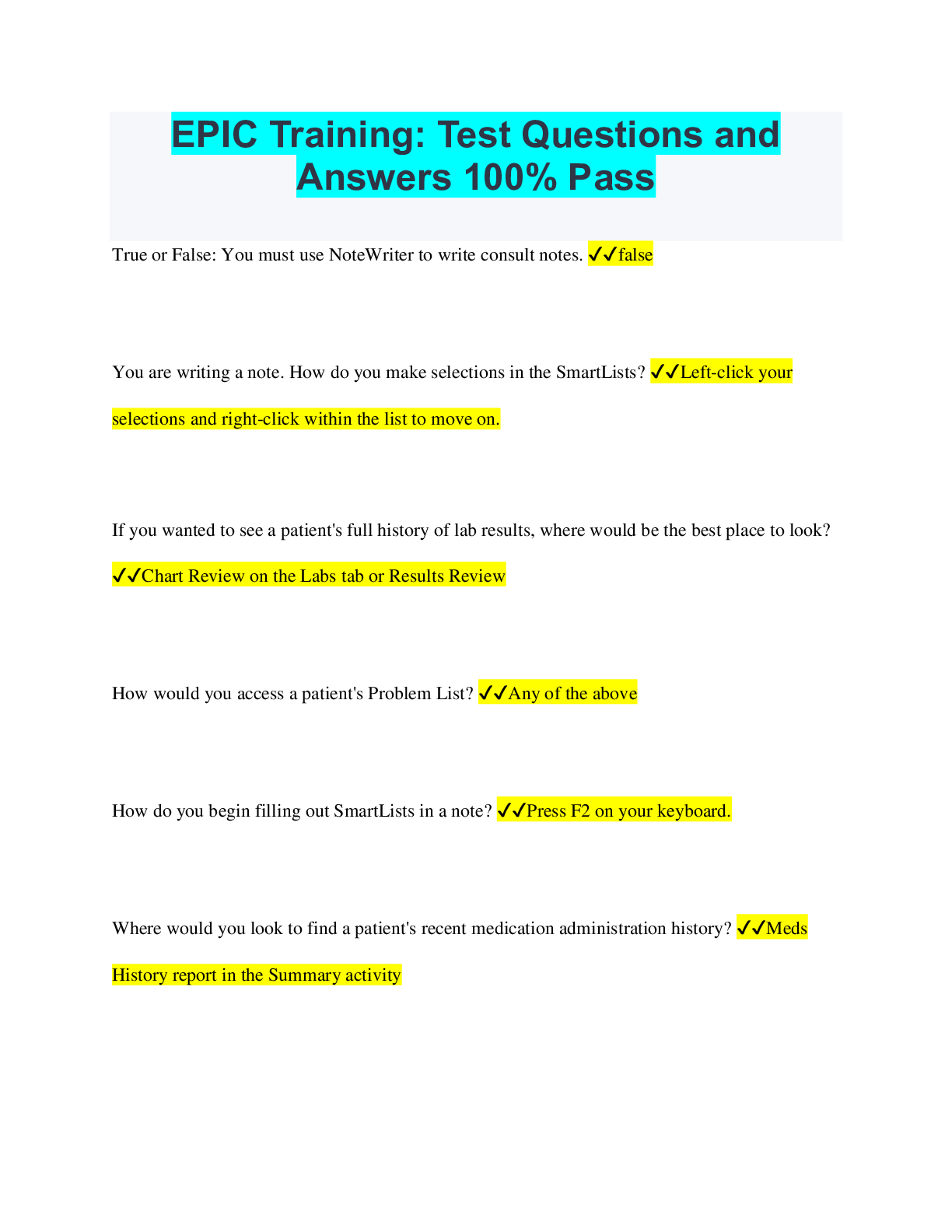
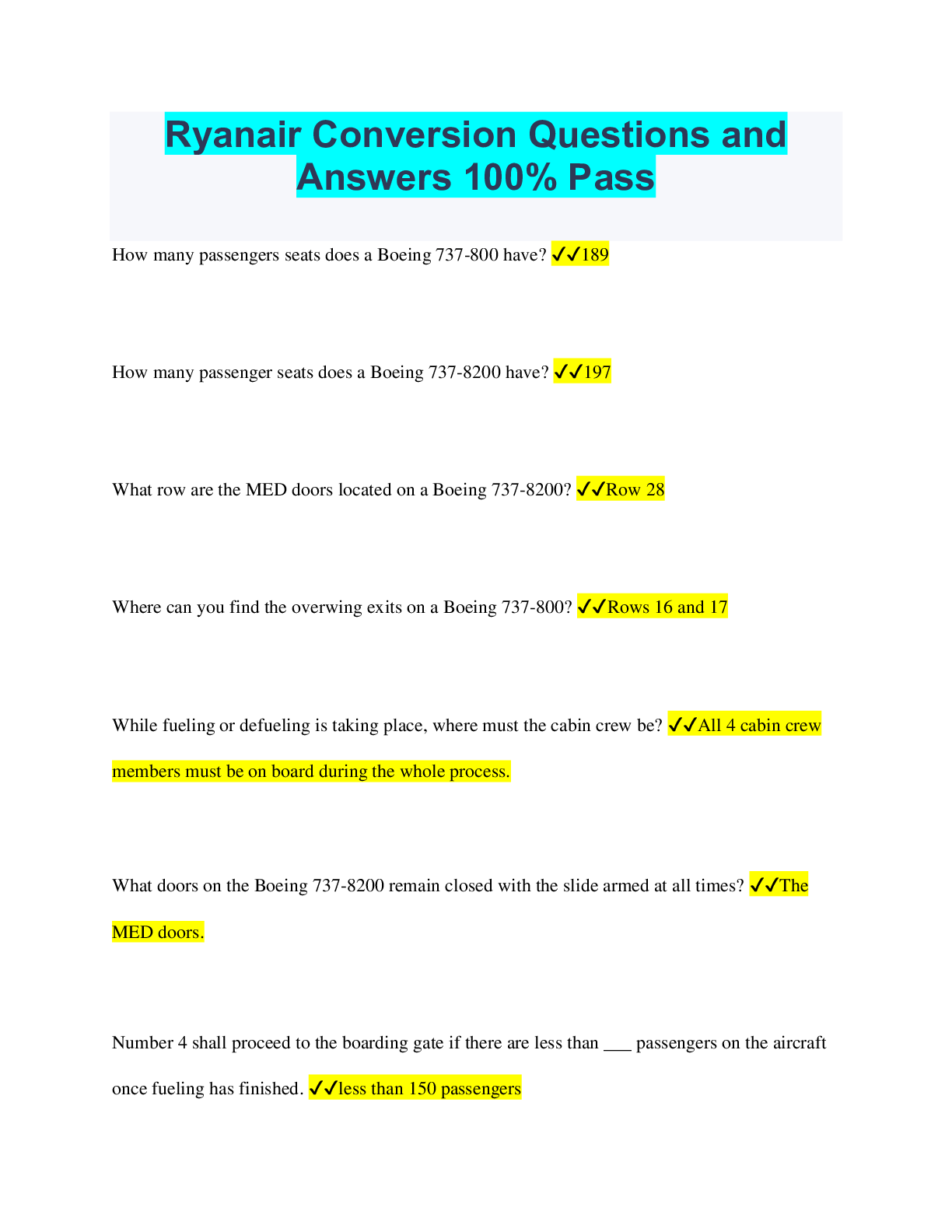
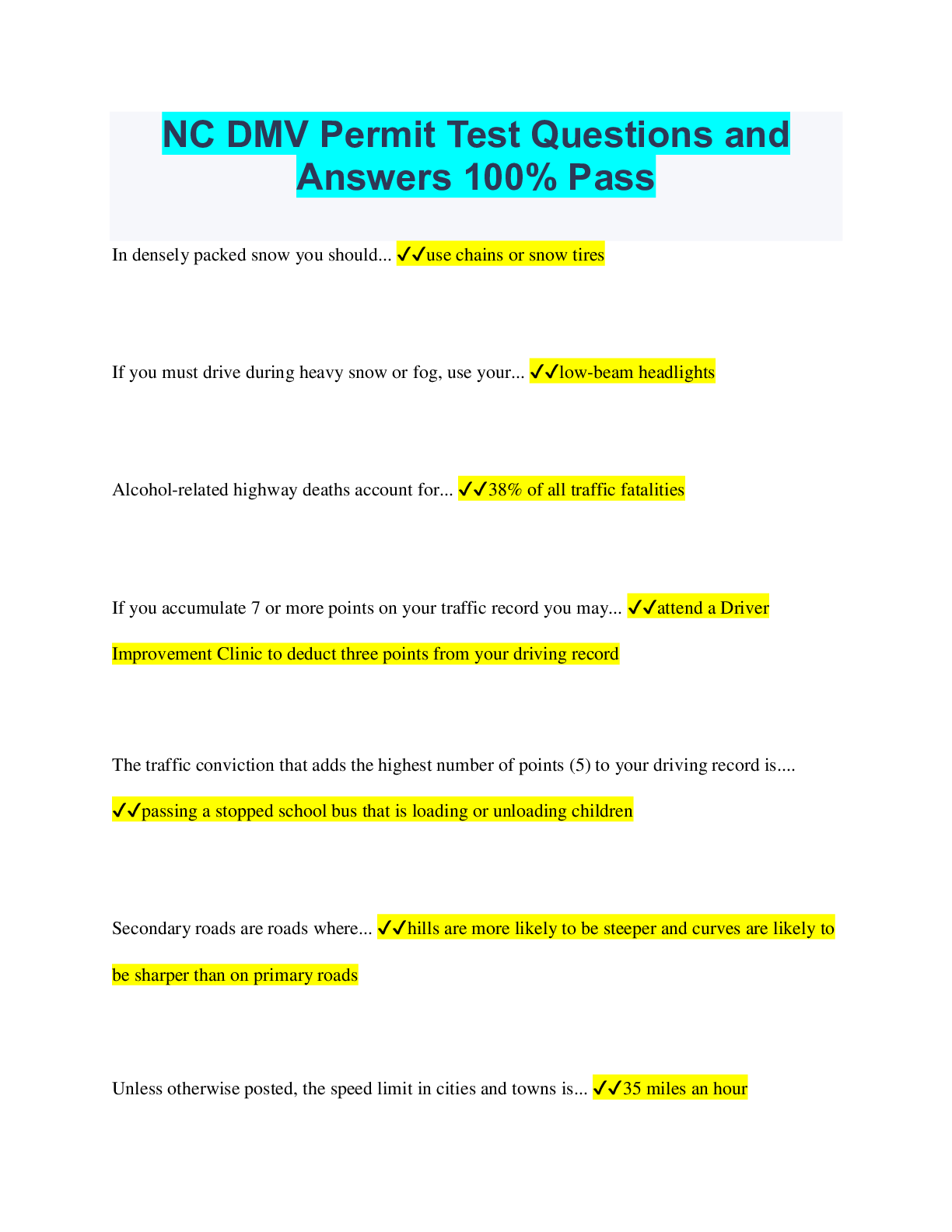
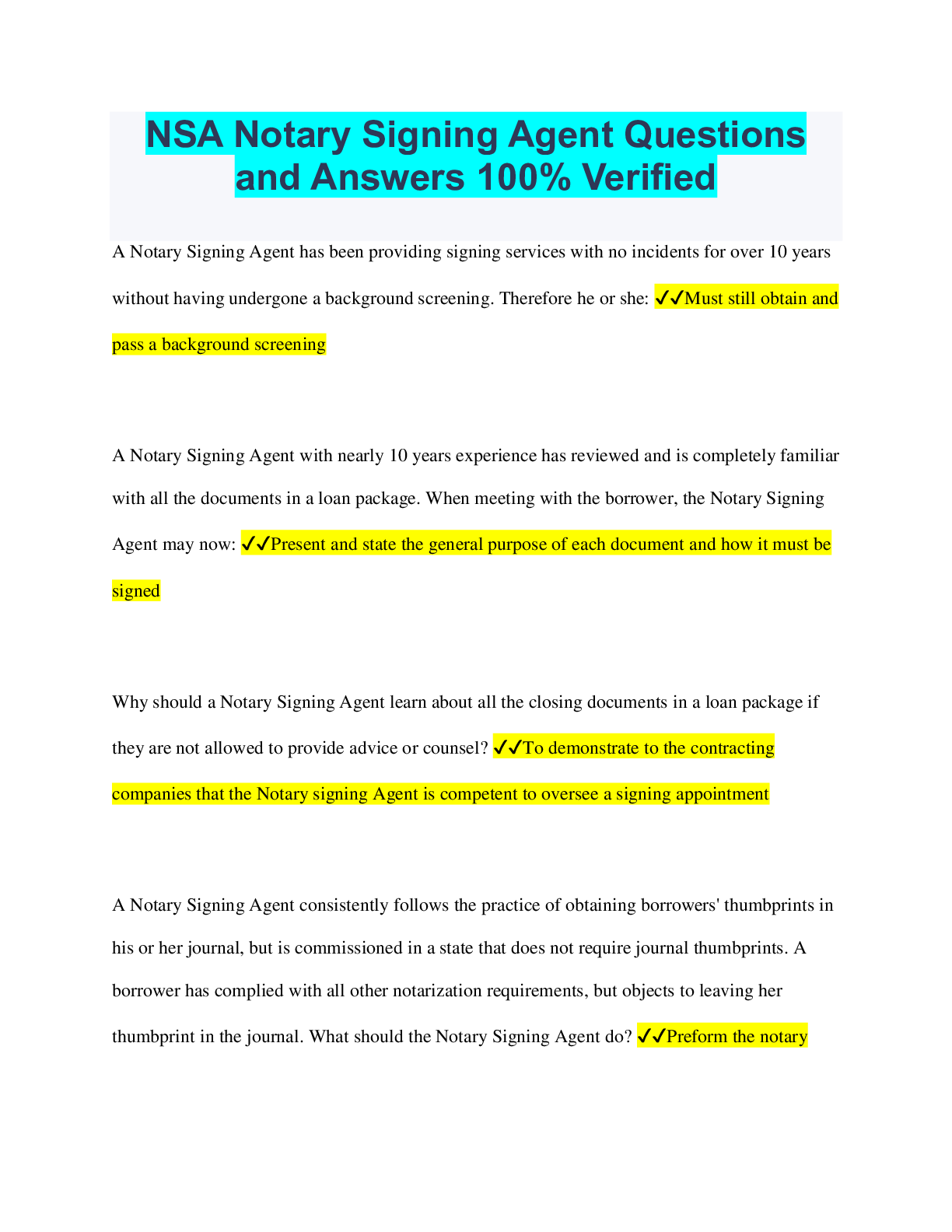
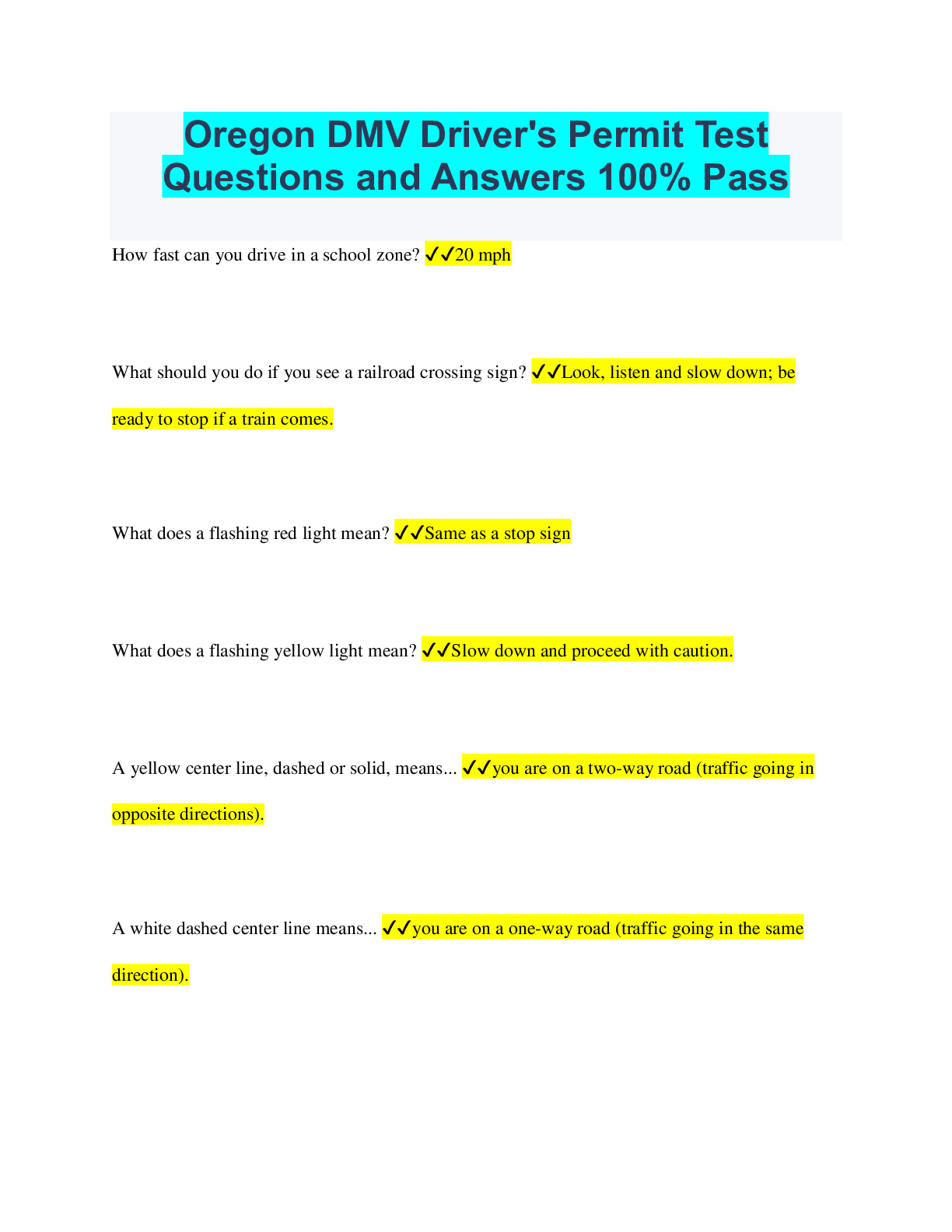
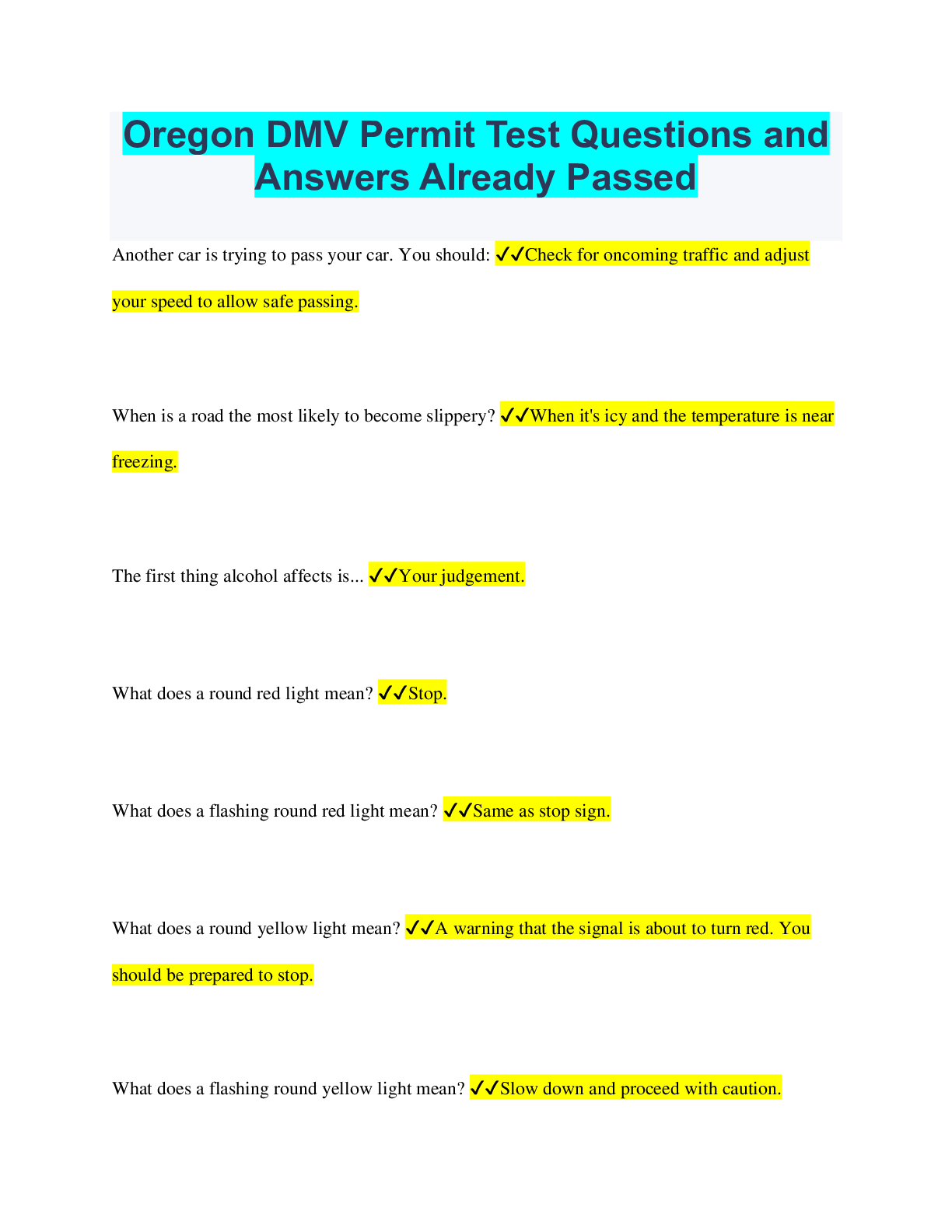
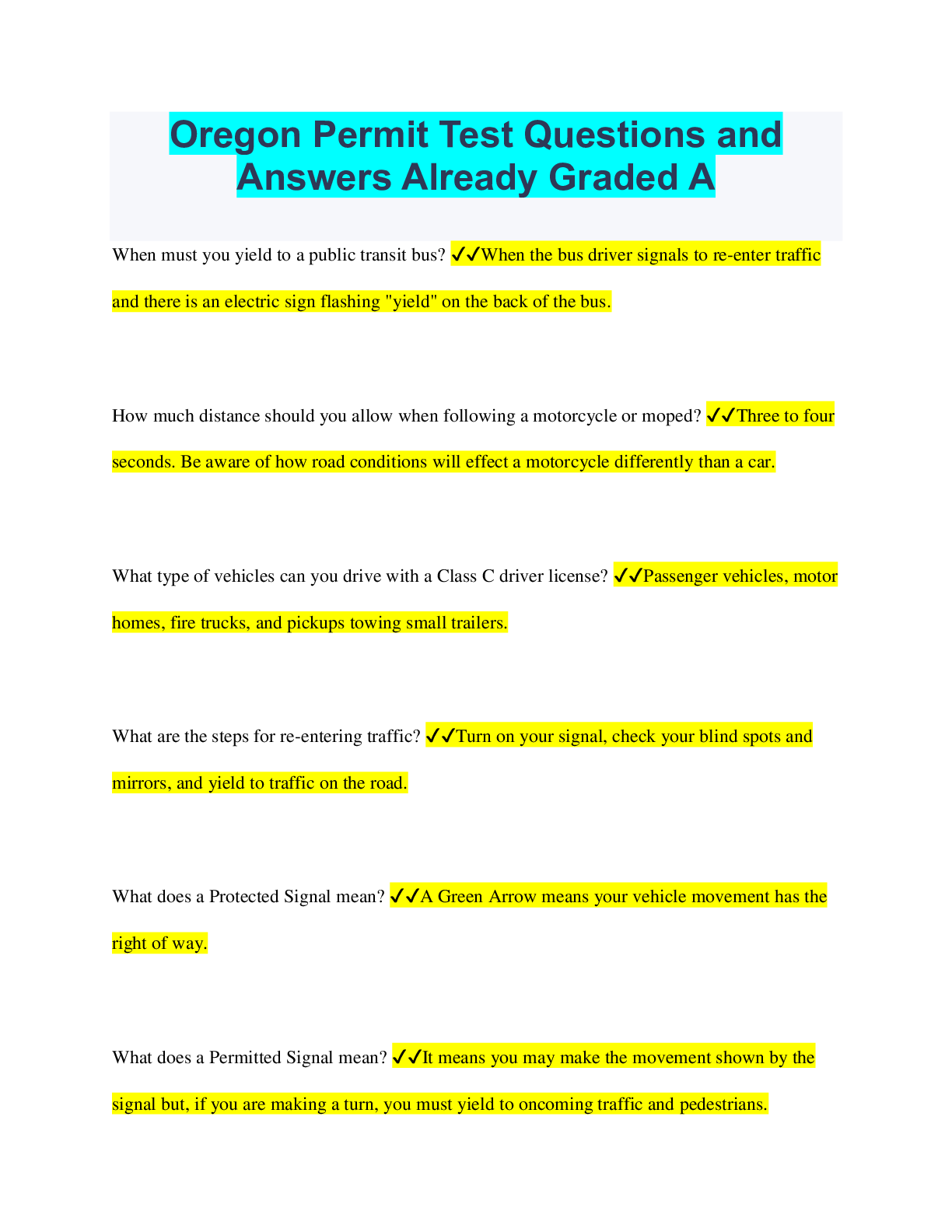
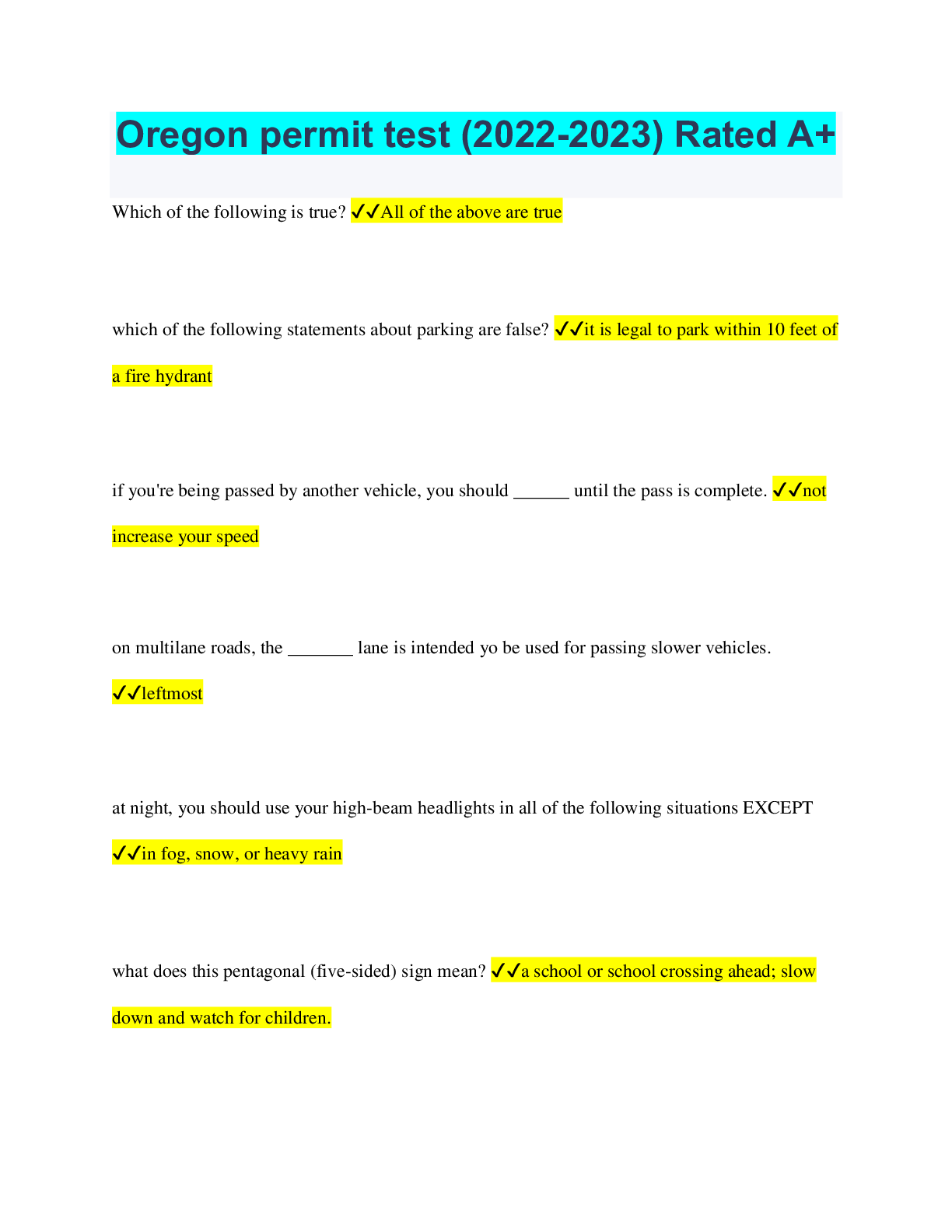
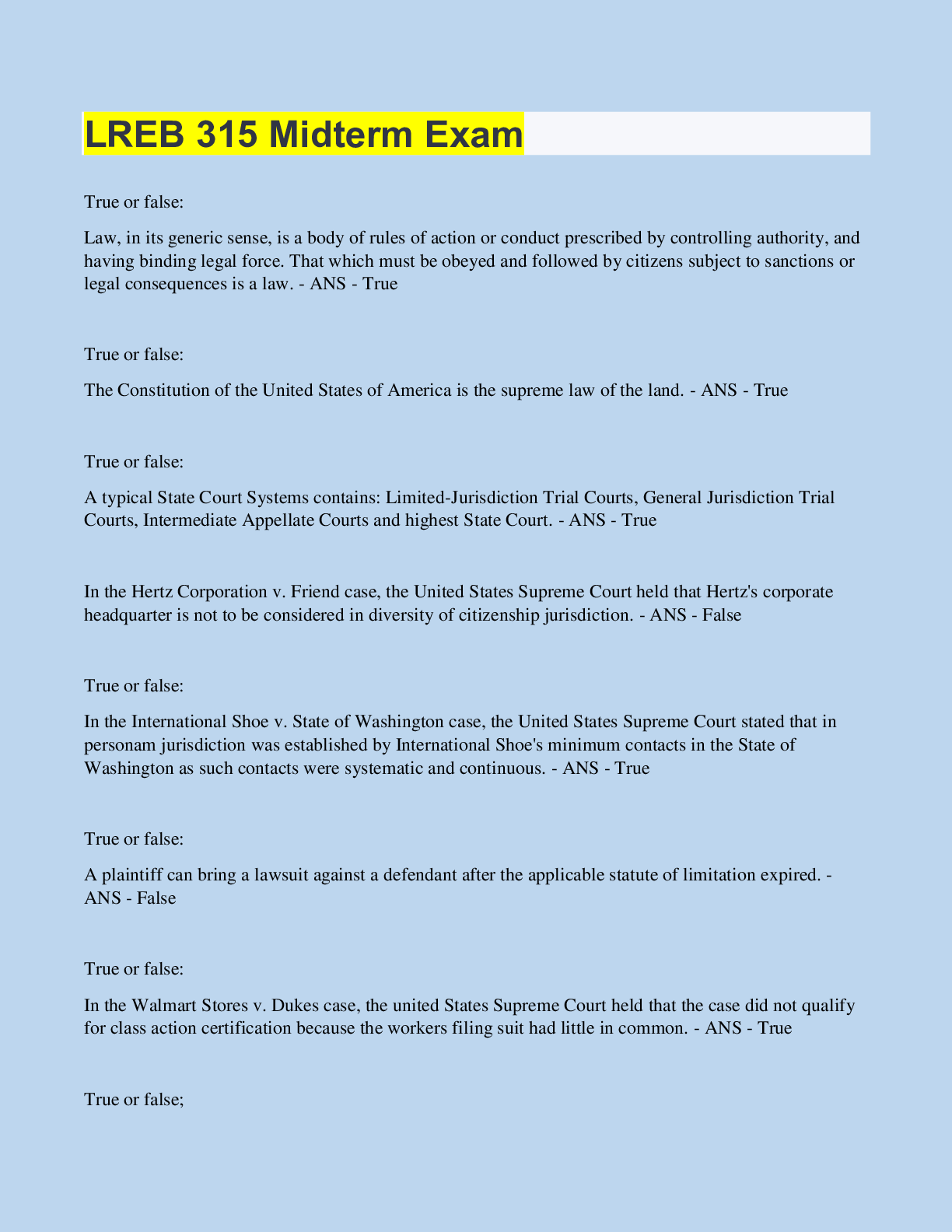
.png)

